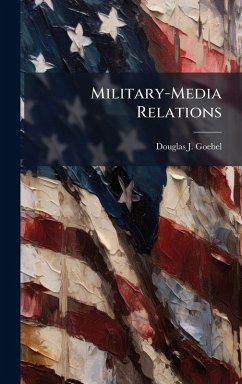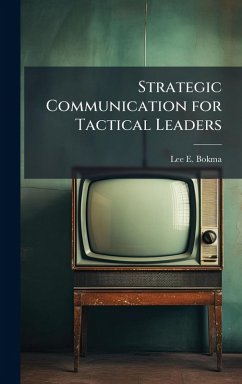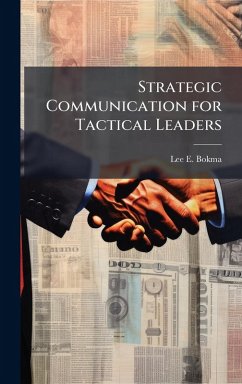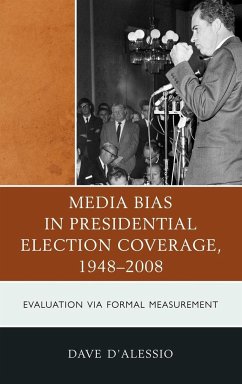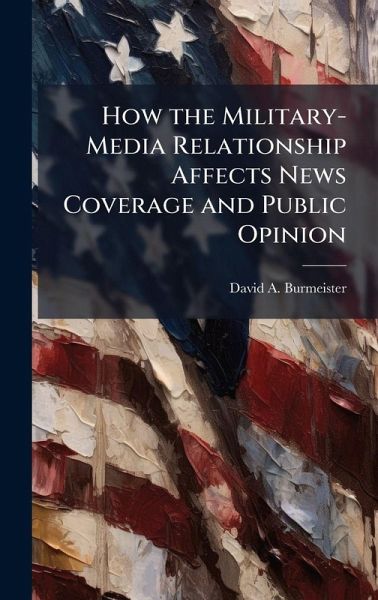
How the Military-Media Relationship Affects News Coverage and Public Opinion
Versandkostenfrei!
Versandfertig in über 4 Wochen
25,99 €
inkl. MwSt.
Weitere Ausgaben:

PAYBACK Punkte
13 °P sammeln!
Throughout history, the military and the media have shared a somewhat strained relationship, and during the Vietnam War, that relationship was showcased daily via television broadcasts across the United States. It was the first time military leaders had to deal with intense media scrutiny. Therefore, the military blamed the media for many of the problems during Vietnam, and that negative sentiment carried over into conflicts in Grenada, Panama, and the first Gulf War. The Department of Defense (DoD) tried to improve media access during all of these conflicts, but negative attitudes in regards ...
Throughout history, the military and the media have shared a somewhat strained relationship, and during the Vietnam War, that relationship was showcased daily via television broadcasts across the United States. It was the first time military leaders had to deal with intense media scrutiny. Therefore, the military blamed the media for many of the problems during Vietnam, and that negative sentiment carried over into conflicts in Grenada, Panama, and the first Gulf War. The Department of Defense (DoD) tried to improve media access during all of these conflicts, but negative attitudes in regards to the media remained persistent among top U.S. military leaders. Even though DoD established the embedded media program in 2003 to give the media almost unfiltered access to U.S. troops in combat, it has only resulted in minor improvements to the military-media relationship. The problem is that throughout history the military-media relationship has hindered news coverage and negatively affected the public's opinion of combat operations. Using the problem and solution research methodology I traced military-media relationships throughout history during combat operations in Vietnam, Grenada, Panama, the first Gulf War, and Operation Iraqi Freedom (OIF) and found that it did have an effect on news coverage and public opinion. To bolster this relationship, increase news coverage, and improve positive public opinion I recommend that DoD include media embeds from military training up and throughout combat operations, fund the media embeds, and give them greater access to combat plans and operations. This work has been selected by scholars as being culturally important, and is part of the knowledge base of civilization as we know it. This work was reproduced from the original artifact, and remains as true to the original work as possible. Therefore, you will see the original copyright references, library stamps (as most of these works have been housed in our most important libraries around the world), and other notations in the work. This work is in the public domain in the United States of America, and possibly other nations. Within the United States, you may freely copy and distribute this work, as no entity (individual or corporate) has a copyright on the body of the work. As a reproduction of a historical artifact, this work may contain missing or blurred pages, poor pictures, errant marks, etc. Scholars believe, and we concur, that this work is important enough to be preserved, reproduced, and made generally available to the public. We appreciate your support of the preservation process, and thank you for being an important part of keeping this knowledge alive and relevant.





